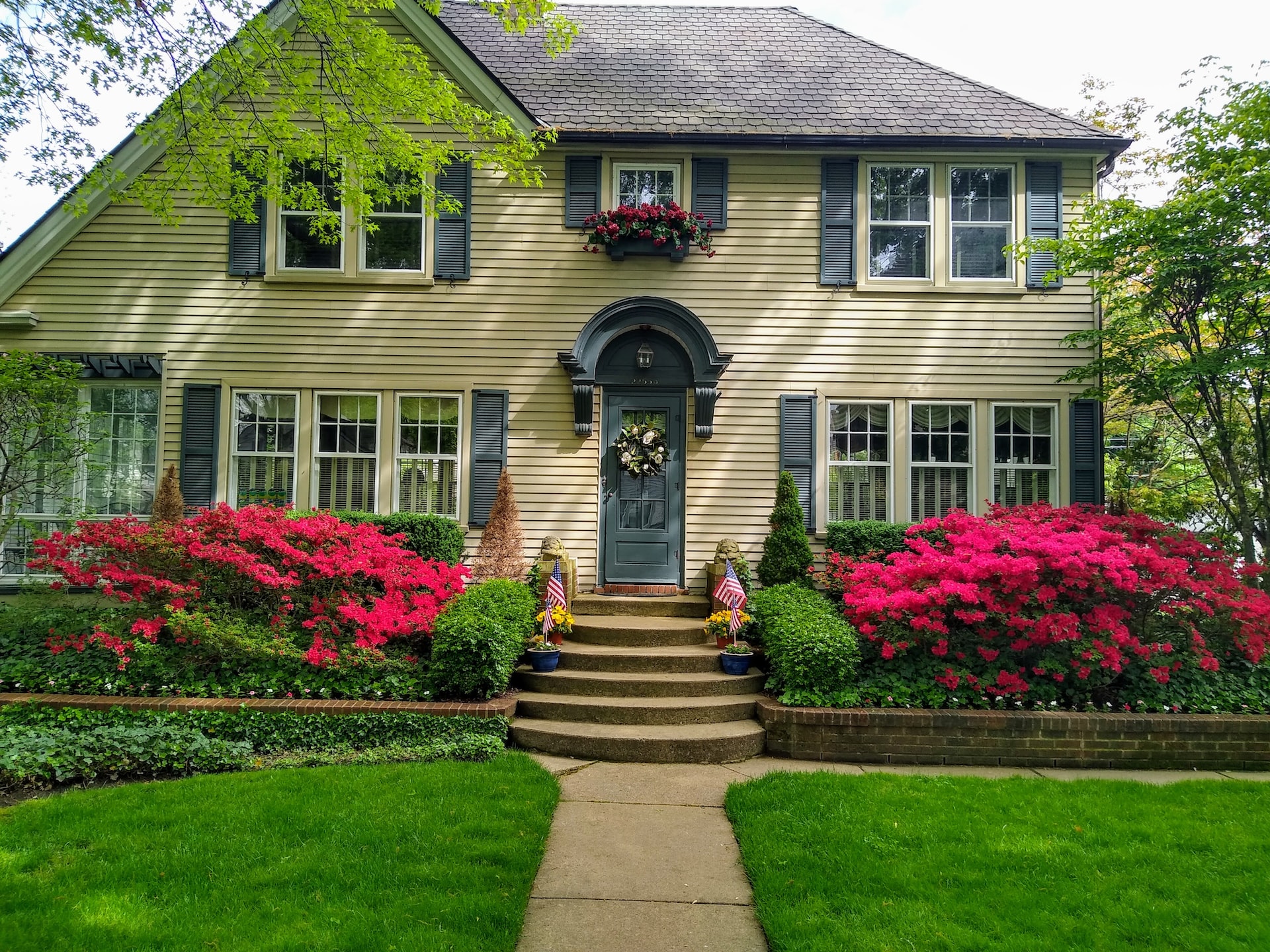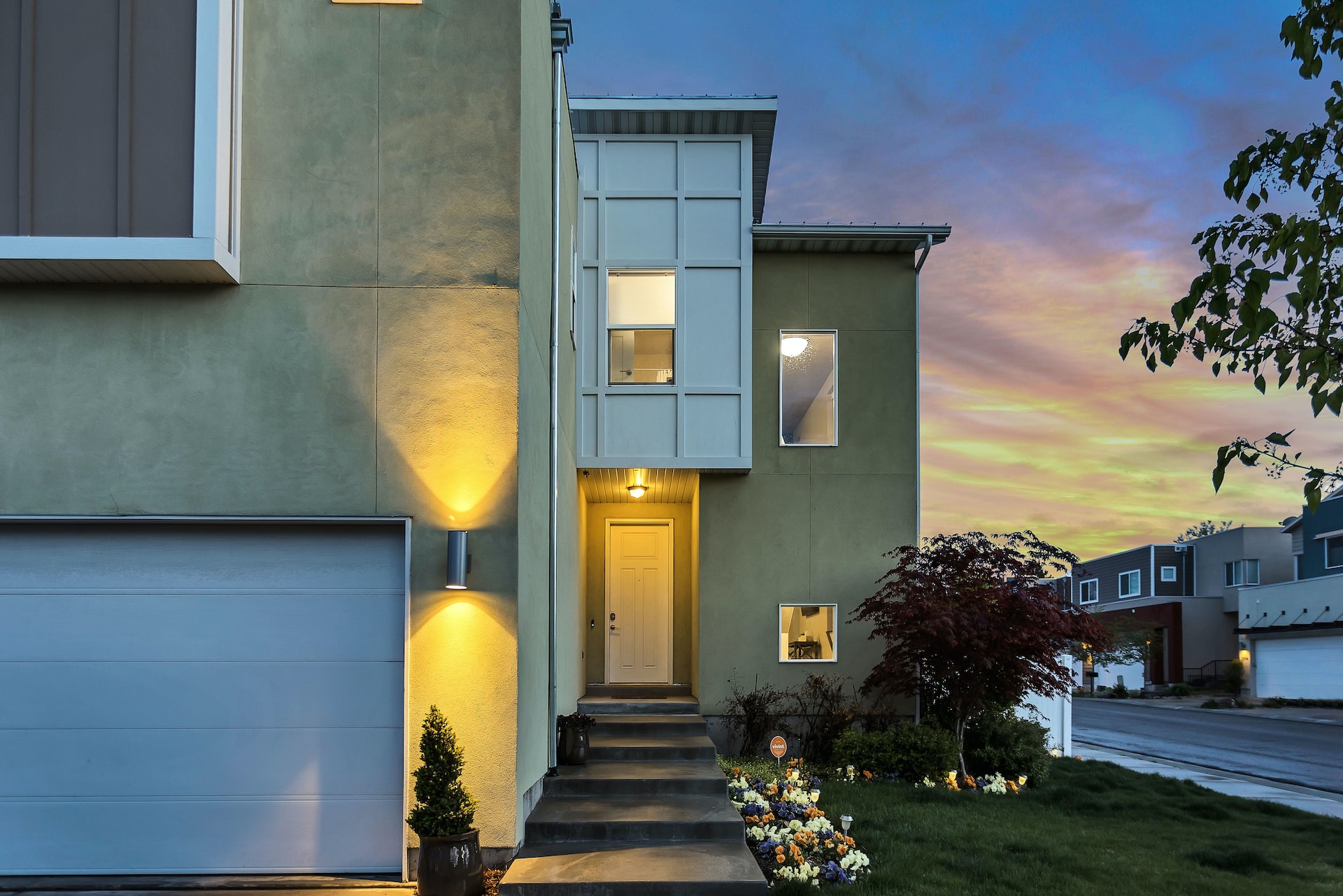Did you know that water damage is the most common type of household claim in America? It’s a problem that can be prevented with some simple water damage prevention tips. In this article, you’re going to learn about 7 water damage prevention tips for your home which will help minimize water damage and lower your risk!
Replace any faulty pipes
You must replace all faulty water pipes on your property. Only replacing the damaged part of the water pipe will not reduce the water damage risk to your home in case there is another rupture.
You should also check for corroded valves and ensure that they are working properly so you can turn off water easily if necessary. This helps minimize any additional water damage caused by flooding, which can happen even if water damage risk is reduced.
Checking the water pressure will also help you detect any burst water pipes because low water pressure means that there could be a problem with your water system somewhere in the house.
Reinforce your roof
Reinforcing your roof is one of the best ways to prevent water damage. When you have a water-resistant roof, water will be able to run off quickly and minimize the amount that seeps into your home’s walls or foundation. If water does manage to get through any cracks in your house, it should drain away from doors, windows, outlets, and other water-sensitive areas.
Water damage can be a result of water seepage, water penetration, and flooding. It’s a smart idea to install roof underlayment so that you have an extra layer of protection. By doing this, water will be able to run off quickly and there won’t be an opportunity for water pressure on the roof to cause water damage.
Here’s a list of other things you could do to reinforce the roof:
- waterproof the roof
- install water diverters
- use waterproof membranes on your roofing substrate
- design a watertight membrane system
Use a dehumidifier or air conditioner to control humidity levels
The humidity levels in the house should be controlled to minimize water damage. This can be done by using a dehumidifier or air conditioner in order to dry out any water that has seeped into the home.
The water damage risk can be reduced even more by using water-resistant materials on the floor of your home. This includes both ceramic tile and hardwood floors which are much less likely to absorb water compared to carpet or linoleum.
Make sure to water plants that are indoors far less often. This water will usually evaporate quickly, but if it doesn’t then the humidity levels in your home can rise and water damage to the house may be a possibility.
Clean up spills as soon as they happen
Whenever there’s a spill, the first thing you should do is clean it up. It doesn’t matter if water was spilled or something else. Keep your home safe from water damage by mopping up spills as soon as they happen.
If you don’t do this, water may dry up and it could become harder to clean. Also, water that’s left unattended can seep into floors or furniture and damage them over time. It’s best to use a paper towel at first but if you need something more absorbent then a sponge would be better.
Use a wet vacuum
You should consider buying a wet vacuum if you have water damage from water leaks or flooding. Using it to clean up water will help prevent the risk of mold and mildew growth in your home for between 24-36 hours after a cleaning, which can reduce further water damage while waiting on restoration services.
Mold is dangerous because it grows rapidly once it has been introduced to water and it emits spores that can cause respiratory issues, such as asthma.
Keep your gutters clear so that rainwater can flow freely off of your roof
You have to keep your gutter clear of any debris that may be stuck in them. If water cannot flow down the roof properly then it will have no other choice but to soak into your home’s foundation, causing water damage.
Gutters are very important because they help direct water away from the house and prevent water damage caused by clogged gutters. Water can destroy the foundation, walls, cabinetry, and even carpeting if it is not directed away from your home.
Install an automatic shutoff valve in case there’s ever a pipe leak
A shutoff valve can help you to avoid water damage by shutting the water off automatically when water starts leaking. This is especially important if there are multiple people living in your home or other parts of it that may not be occupied at all times. It’s also helpful if there are different water sources, such as a sprinkler system, so you can shut those down too without needing to be there.
As you can see, there’s a whole lot of things to do in order to protect your home from water damage. If you avoid them, you’ll be in trouble. Make sure your roof is strong and your gutters are clear, and always install new pipes when there’s damage on them. Clear humidity from your house and have an automatic valve so that there are no mistakes. Good luck with your repairs!






Leave A Comment